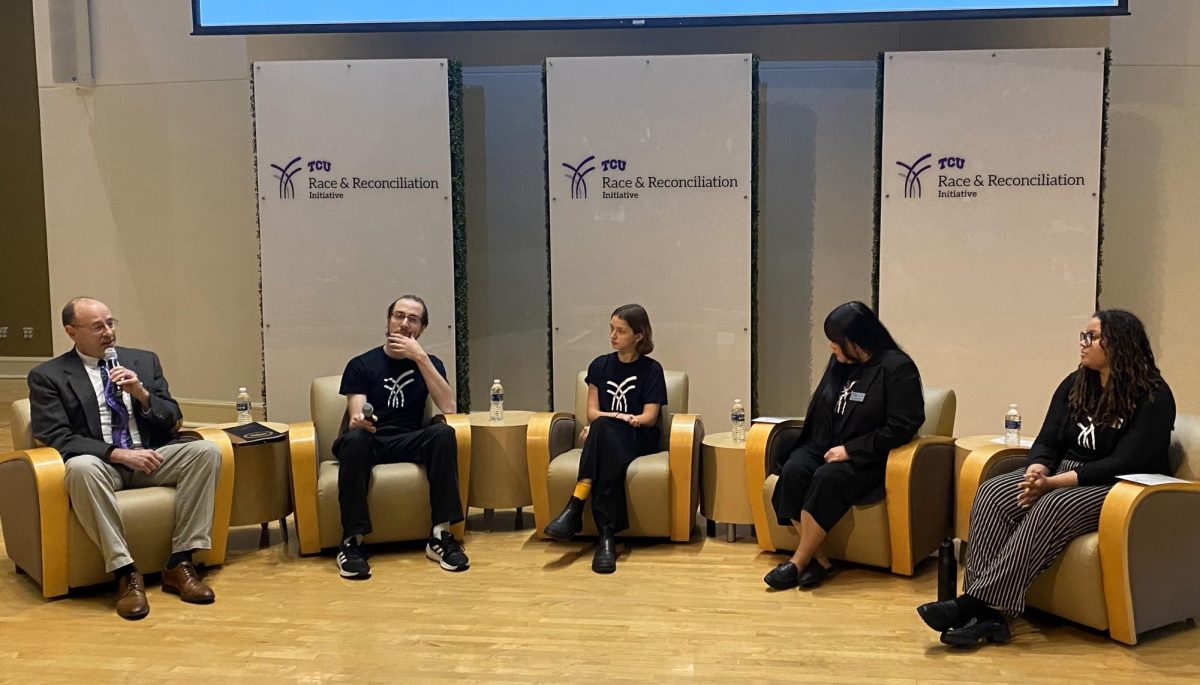The campus got a chance to see perhaps the biggest independent candidate Texas has seen in almost 10 years when Kinky Friedman paid TCU a visit Thursday.But that begs the question: How viable are third-party candidates in this Republican-focused state? And not only in gubernatorial races, but in other elections as well.
In 2004, Libertarian presidential nominee Michael Badnarik received only 1 percent of the votes in Texas, according to www.cnn.com. The other 99 percent went to George Bush and John Kerry, with the former receiving 61 percent. Previous presidential and gubernatorial elections have yielded similar results. Even nationally, third-party candidate have not fared well in most elections.
In the 1992 presidential election, Ross Perot garnered 18.9 percent of the popular vote nationwide, earning the biggest third-party candidate vote since Teddy Roosevelt’s 1912 campaign (when Roosevelt ran under the Progressive, or “Bull Moose,” party). But in 1996, Perot only received 8.4 percent of the vote. In more recent elections, popular political figure Ralph Nader received less than 2 percent in 2000 and less than 1 percent in 2004 running on third-party tickets.
In 1998, former professional wrestler (among other things) Jesse Ventura was elected governor of Minnesota on the Reform Party ticket and platform, giving him the highest elected office victory ever for a third-party candidate in the United States. However, he proved to be an ineffectual governor – largely thanks to having little support in the Minnesota legislature – and did not seek a second term in 2002.
Third-party candidates have not been very successful when the nation needs someone more moderate and when Texas needs someone different. As Friedman says in his online campaign cartoon, choosing between Republicans and Democrats in Texas is like choosing between paper and plastic at the grocery store.
Kinky Friedman may be the most popular candidate for Texas governor in years that has not been affiliated with one of the two major parties. But if previous elections are any indication, he’ll need all the support he can get.
Associate Editor Jarod Daily for the Editorial Board




